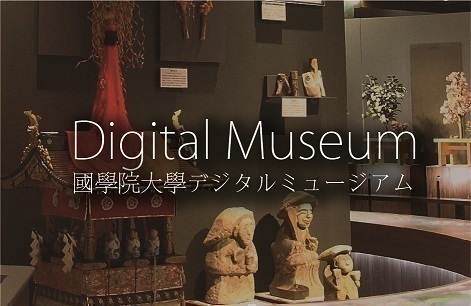- トップ
- Encyclopedia of Shinto
- Kakushin Shūkyō Nipponkyō
Encyclopedia of Shinto
| Main Menu: | |
| Links: |
詳細表示 (Complete Article)
| カテゴリー1: | 8. Schools, Groups, and Personalities |
|---|---|
| カテゴリー2: | Modern Sectarian Groups |
| Title | Kakushin Shūkyō Nipponkyō |
| Text | A Shinto-derived new religion. The group's origins go back to 1940, when the "Father-deity Kotoshironushi no ōkami" descended upon Chitose Makami (1879-1986), revealing her previous lives and imparting divine powers to her. For the next ten years, Chitose prepared herself for her role in the salvation of all humanity, practicing austerities and writing scriptures. From January, 1950, she commenced actual teaching activities and became known as the "Ebisu-sama (honorable Ebisu) of Kawai," but in 1952 the movement took the name Shintō Shingon Kyōkai and became registered as a legally independent religious corporation. As it spread throughout the country, it established associations of devotees with names such as Shin'ōkai, Fusō Kakusei Seinenkai (a young people's society), and the Seiyū Kodomokai (children's association). In 1956, with the aim of expanding its teaching activities and based on the rationale of its doctrinal contents, it proclaimed itself as "Nipponkyō," a title evoking a "Religion of Japanism." It assumed its current name in 1971. One prominent aspect of its activities has been the expansion of its headquarters. At the time of its origins, it was housed in a two-storey private home, but the headquarters now occupies a plot of about 330,000m2 . This area is known as the Mugou no sato and contains within it a main hall of worship enshrining the "father deity," a new hall which serves as a training center for studying the movement's teachings, a hall of worship for venerating the ancestors, and a wedding chapel. Another building, the Geiaisō that serves as a lodging for followers. Although Chitose Makami died in 1986, she continues to be revered within the movement under the title "Mihaha okaasama" (lit., "Mother, Our Mother"). Makai's third son Chitose Toyotama has taken over as leader and instructs followers through sermons at the center, focusing on explanations of the founder's doctrines and on interviews with followers, which are known as "sōma no majiwari" (lit., "communion of mulberry and flax"). The group's basic doctrinal is that "the deities (kami) are the living," and that by understanding the origins of the land of Japan, followers with a "divinely inherited spirit" that feels pride in and thanks for the "sun-origin [Japan] defended by the honorable progenitors," will aim for the founding of a "country of the lineage of the kami." Followers are also taught to correct earlier Buddhist perspectives and views of the ancestors they may have had, and to rectify superstitious beliefs in lucky and unlucky days, lucky and unlucky directions, and fortune telling. - Yumiyama Tatsuya |




